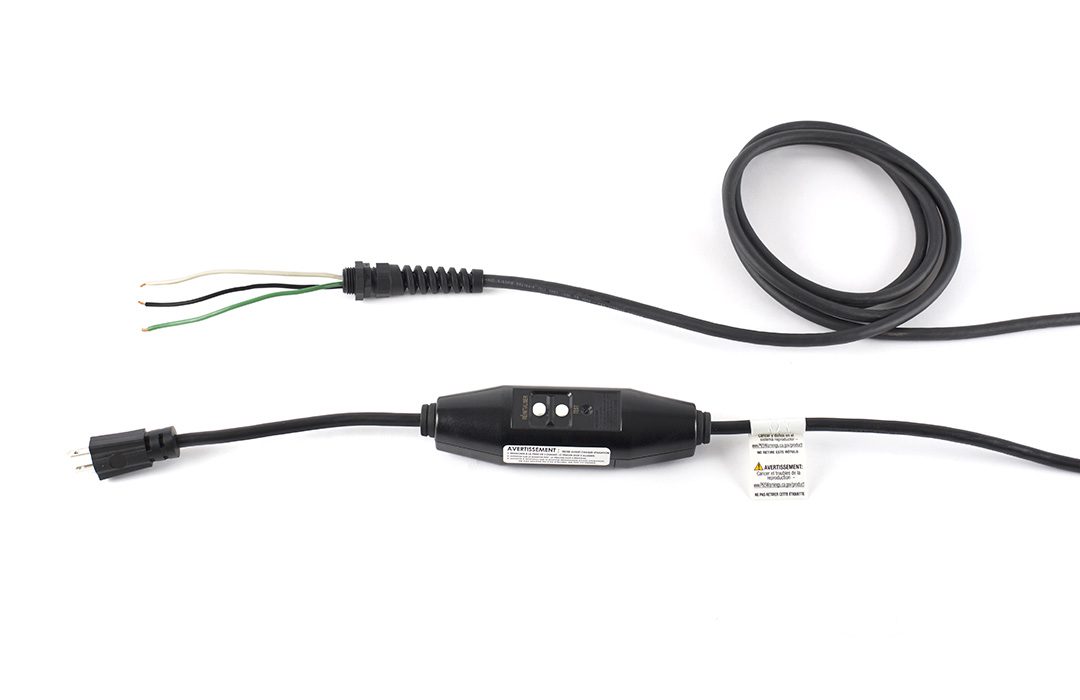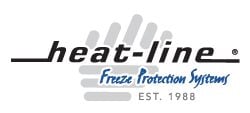Electrical Requirements for Self-Regulating Heating Cable Systems
Over the years we are often asked about the electrical requirements for Heat-Line self-regulating heating cable systems and self-regulating cables. Our founder and master electrician, Lorne Heise, answers these important questions about our self-regulating cables.
What Kind of Electrical Circuit Should I Use?
Our customer’s ask, “Why do we require a dedicated circuit for our self-regulating heat cables?” A dedicated circuit means that if it is a 240 volt circuit, we protect the circuit in a singular fashion so that the freeze protection system is protected alone with a single 15 or 20 amp 2-pole circuit interrupter based on the product that’s being purchased.


The reason dedicated outlets and dedicated circuits are required for self-regulating heat cables and systems is because freeze protection is something we do not want interference with. For example lighting and other heating appliances should not be on the same circuit as the freeze protection because they may inadvertently put too much load on the circuit and trip the circuit out. When we have a dedicated circuit it is a circuit that is dedicated to the freeze protection only and there would be no nuisance tripping problems, and there would be no interference from other appliances or loads on that particular circuit.
Can I Plug My Self-Regulating Heat Cable System into an Extension Cord?
The other question we get asked a lot is, “Why do we recommend no extension cords?” We never recommend extension cords with our self-regulating cables for the following reasons. An extension cord adds 2 more connections to the circuit and the quality of the extension cord cannot be confirmed to meet electrical requirements for a heating load. Self-regulating heat cables and systems should always be plugged directly into the receptacle or outlet that is powering it.


Heat-Line also supplies pipe and roof self-regulating heat cables and systems with a cord set option which means that they are hardwired systems that do not plug into a receptacle and are instead hardwired into a junction box. A cord set should be professionally installed, therefore no extension cords are required.


Freeze Protection of Water Supply is an Essential Load
Circuits in your home could have up to 12 devices on a single circuit. If you overload that circuit you may lose your lights, you may lose your TV or your sound system but in freeze protection it is essential to not lose our water. We do not want our pipes to freeze, preventing water supply to the home. If pipes freeze there could be breakage and there could be other damage that could occur as well. That is why the dedicated circuit and dedicated receptacle is extremely important when using our self-regulating heat cables. When we are dealing with freeze protection we believe that is an essential supply of water to your home and it should be guarded with a single circuit and dedicated outlet.



